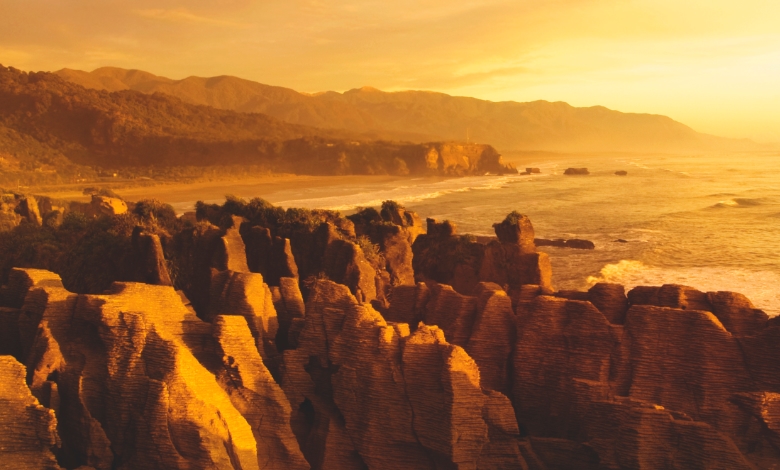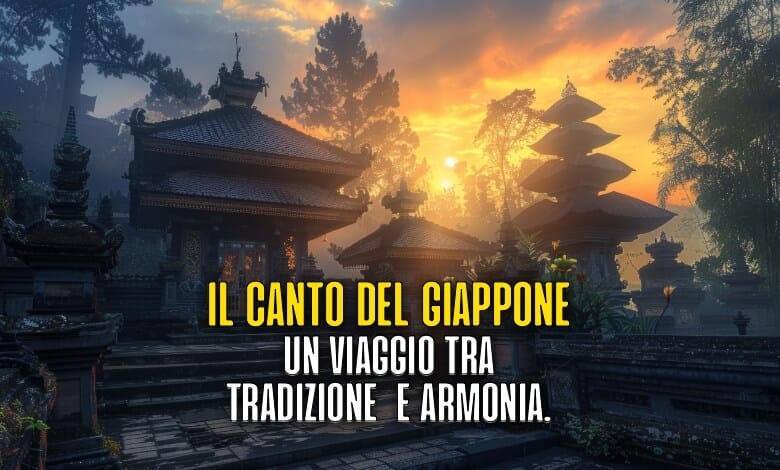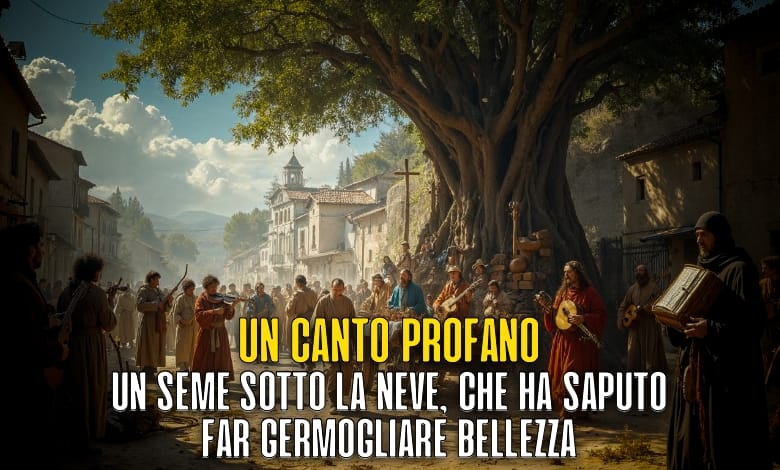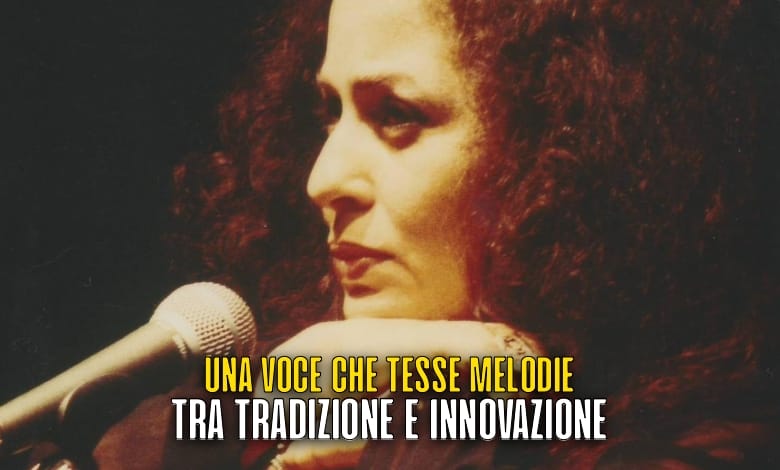Article index
Before entering specifically of the music and popular singing of Cabilia, let's see where to place in a hypothetical geographical map of this territory.
Cabilia is a region located in the north of Algeria, precisely in the mountains of the great Atlas Kabyle. It extends along the Mediterranean Sea coast and is mainly inhabited by people of Berbera ethnic group.
Its geographical position is approximately between the cities of Algiers and Bejaia.
Returning to us the music and singing of this place, has achieved significant successes beyond the territory of origin, both in Algeria and abroad. Cabila traditional music consists of voices accompanied by a rhythmic section made up of T'Bel , a large double membrane drum that is played with chopsticks, bendir a frame drum, and a melodic section with a ghaita a double anxic tool Very similar to Mizmar and the Ajouag (flute).
Over the 1930s, the Catabile people moved to Paris in large numbers, where they opened coffee in which musicians such as Cheikh Nobreine contaminated this popular music using modern western instruments such as banjo, guitar and violin to perform new arrangements.
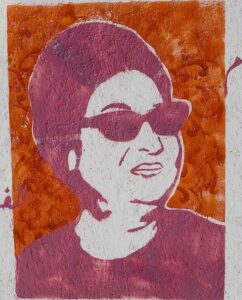 Starting from the 1950s, Arab classical music, thanks to the famous Umm Kulthum, reached a remarkable popularity and left an indelible imprint on the Cabilia music scene.
Starting from the 1950s, Arab classical music, thanks to the famous Umm Kulthum, reached a remarkable popularity and left an indelible imprint on the Cabilia music scene.
Cherif Kheddam was one of the protagonists of this phenomenon, which emerged thanks to his activity at Radio Algiers, a new radio station born after the independence of 1962.
In that year, in fact, France declared the ceasefire and signed an agreement for a referendum that was held in June. Among the terms of Evian's Treaty, which granted a three -year legal protection to the European settlers present in Algeria, it was expected that, after this period, the latter should become Algerian citizens or risk being deprived of all rights.
Among them, they were the participation in public life, the protection of cultural and civil rights and the right of ownership. In this period, some singers, such as Cherifa, Djamilla and Hanifa, reached great popularity.
Unfortunately, Algerian independence did not guarantee the true artistic freedom of the Catable musicians. However, the latter, fascinated by the music of authors such as Joan Baez, Bob Dylan, Víctor Jara and Silvio Rodríguez, began to include in their critical texts against the government of Bella, who had ignored Evian agreements. Subsequently, thanks to songs such as "A Vava Inouva", Idir brought the attention of the world on Cabila music, opening the way to the Raï Algerian genre.
During the 1970s, Ferhat Mehenni became famous for the politically democratic texts that praised freedom, while Lounis Ait Meguillet won for the poetic beauty of his works.
With the passage of time, music and singing that chaste became increasingly popular in Europe in the 1980s, leading artists to concentrate more on popular feelings and ballads.
Takfarinas, Hassen Zermani and Abdelli's works produced by Peter Gabriel's Real World contributed to extending the audience of Cabila music.
Djura's singers of modern music includes, together with numerous artists and groups Abranis, Houria Aichi, Les Berberes, Amirouch, Massinissa, Amadiaz, Numidas, Mihoub, Massilia, Merkunda, Thiguyer, Salim Souhali (Thaziri), Dihya and Messouud Nedjahi .
The panorama of contemporary music Cabila is characterized by a wide range of talents and sounds, each with its own unique and recognizable style. These artists continue to move the limits of creativity and innovation, providing an unforgettable musical experience for fans all over the world, always bringing this desire for freedom and democracy to their artistic heart.
[fwduvp preset_id = "skin_modern_white" playlist_id = "playlist music of the Cabilia" Start_at_playlist = "" Start_at_video = ""]
Read also the article: the song of the ocean, the great mystery of Andrea


